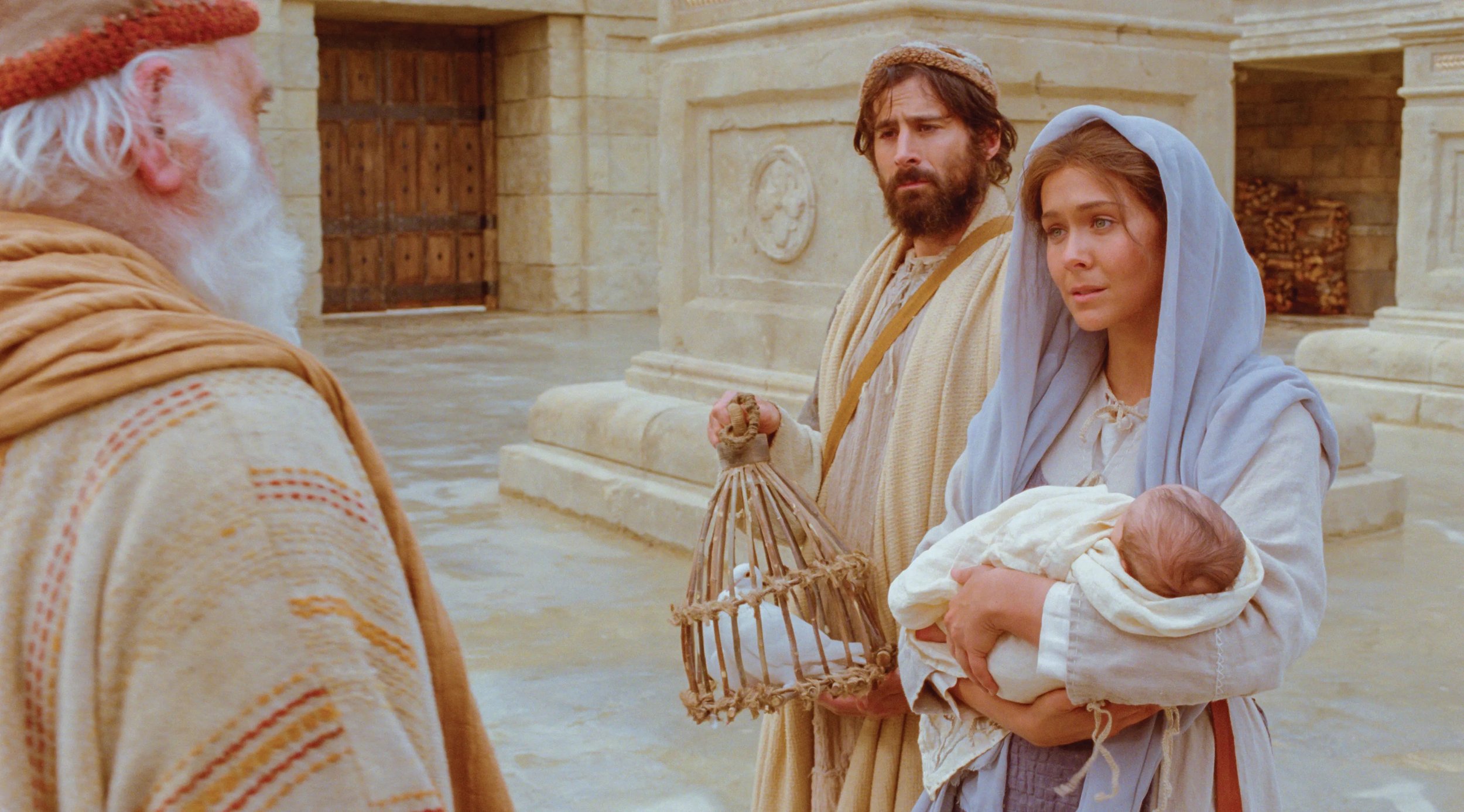What Can Make Me Whole Again?
When the days of her purification for a son or daughter are over, she is to bring to the priest at the entrance to the tent of meeting a year-old lamb for a burnt offering and a young pigeon or a dove for a sin offering. He shall offer them before the Lord to make atonement for her, and then she will be ceremonially clean from her flow of blood. Leviticus 12:6-7a (NIV)
Leviticus 12 is only 8 verses in length. These verses are Yahweh’s instructions given to Moses who is to teach them to the wandering Hebrews in the wilderness. The focus of these 8 verses is the purification of mother’s following the birth of their children. With 600,000 men plus women and children, many scholars think there were about 2 million people numbered among the Hebrews. This means the birth of babies was a daily occurrence. This law was a part of the every day life of God’s people. In this verse and a half, God is clear that the offering is a purification offering made by the parents on behalf of the mother and not the child. It’s an atonement offered to Yahweh for the mother’s purification.
Some 1200 years later, Mary and Joseph would give birth to their firstborn son. Eight days after his birth in Bethlehem, he would be circumcised and named “Jesus.” According to the Torah at least 33 days after his birth (Leviticus 12:4), they would travel to Jerusalem and bring an animal sacrifice to the Temple that was given to the priest who made an atonement for the young mother. Luke remembers the story this way:
Then it was time for their purification offering, as required by the law of Moses after the birth of a child; so his parents took him to Jerusalem to present him to the Lord. The law of the Lord says, “If a woman’s first child is a boy, he must be dedicated to the Lord.” So they offered the sacrifice required in the law of the Lord—“either a pair of turtledoves or two young pigeons.” Luke 2:22-24 (NLT)
Because Joseph and Mary were poor, they brought a pair of turtledoves or pigeons as their purification offering. There is a beautiful irony in this story from Luke 2. Joseph and Mary come to the Temple to bring a sacrifice for her cleansing while they hold in their arms the One who would shed his own blood on a cross for the cleansing of the entire world. This foreshadowing is profound and powerful. The innocence of a newborn meets the brokenness of the entire cosmos in this sacred moment.
In Luke’s narrative of the birth of Jesus, told from his mother’s point of view, to this point, Jesus has only been identified as the Savior or Messiah. There has been no mention of his sacrificial death. There are three occasions in Luke’s birth narrative before this moment in Temple where the birth of Jesus is mentioned:
In Luke 1:31-33 (NLT), Gabriel tells Mary of Jesus, “You will conceive and give birth to a son, and you will name him Jesus. He will be very great and will be called the Son of the Most High. The Lord God will give him the throne of his ancestor David. And he will reign over Israel forever; his Kingdom will never end!”
In Luke 1:69-70 (NLT), Zechariah filled with the Holy Spirit prophecies of Mary’s baby boy: “He has sent us a mighty Savior from the royal line of his servant David, just as he promised through his holy prophets long ago.”
In Luke 2:10b-11 (NLT), an angel tells the shepherds of Jesus, “Don’t be afraid!” he said. “I bring you good news that will bring great joy to all people. The Savior—yes, the Messiah, the Lord—has been born today in Bethlehem, the city of David!”
In none these stories is the atoning work of the Savior mentioned. To me, this heightens the power of this moment in the Temple as Joseph and Mary bring their simple offering of two birds to purify the new mother. This moment is the first moment that anticipates the most cataclysmic moment in human history. Within 33 years or so, the entire cosmos would be shaken to its core as the baby she holds in her arms would offer himself for the brokenness of God’s blue-green, war-torn, blood-stained planet on a garbage heap in Jerusalem within steps of the very Temple where Joseph and Mary are standing. It could be that the very priest who offered the birds as a sacrifice for Mary’s cleansing would be one of the priests who would cry out “Crucify him!” that fateful “Good Friday” as Jesus stood before Pilate. Mary couldn’t have known the promise and the hope of the One she tenderly gripped in her arms that day in the Temple.
“What can wash away my sin? Nothing but the blood of Jesus. What can make me whole again? Nothing but the blood of Jesus.”
Unlike the other high priests, he does not need to offer sacrifices day after day, first for his own sins, and then for the sins of the people. He sacrificed for their sins once for all when he offered himself. Hebrews 7:27 (NIV)

